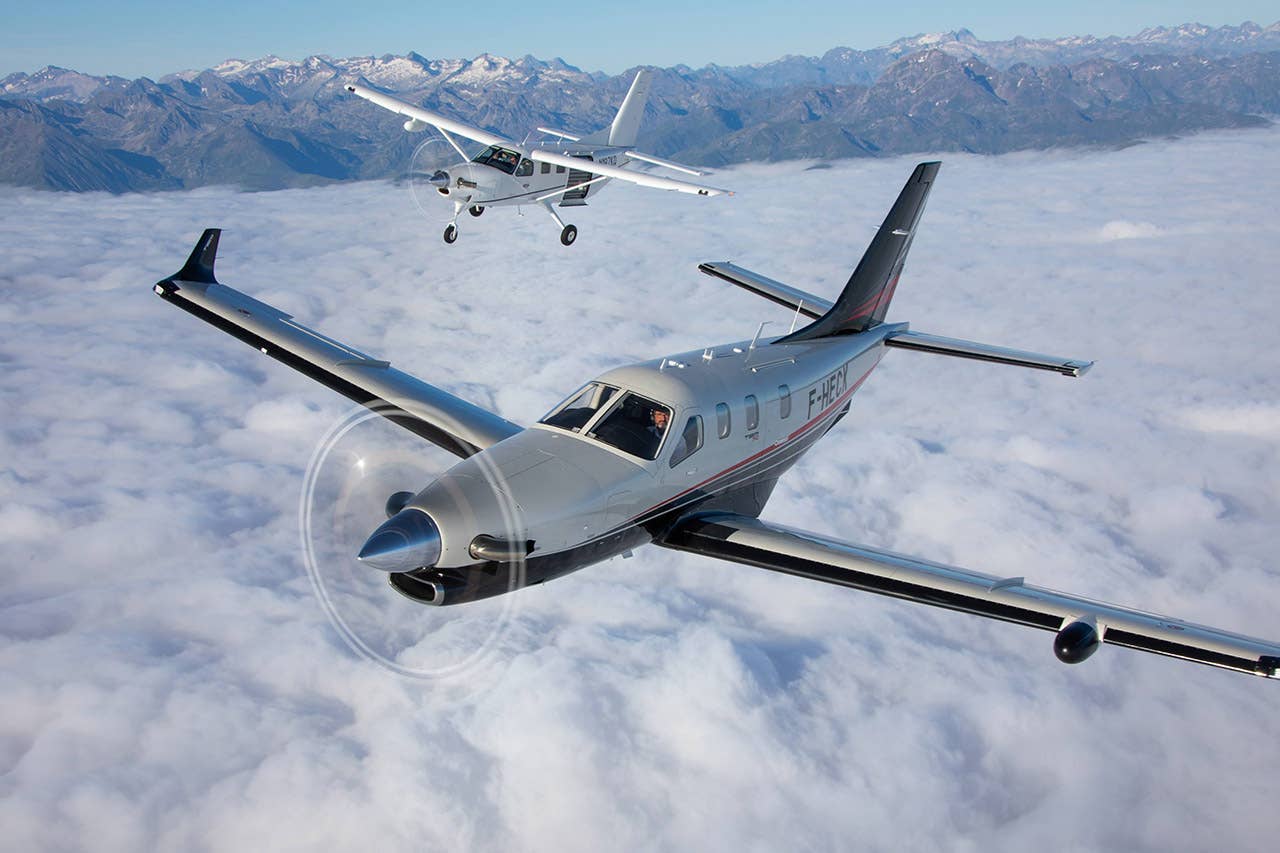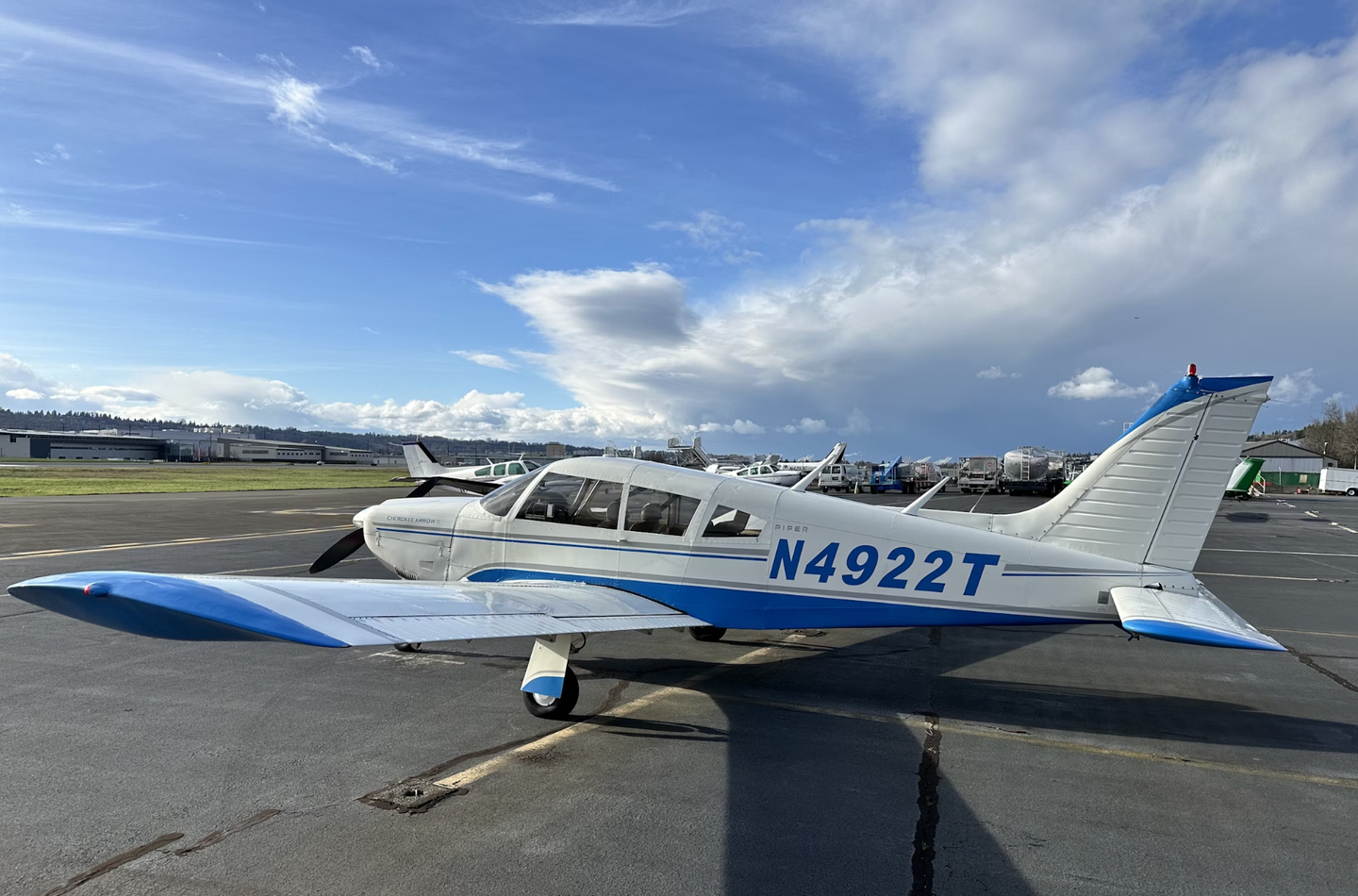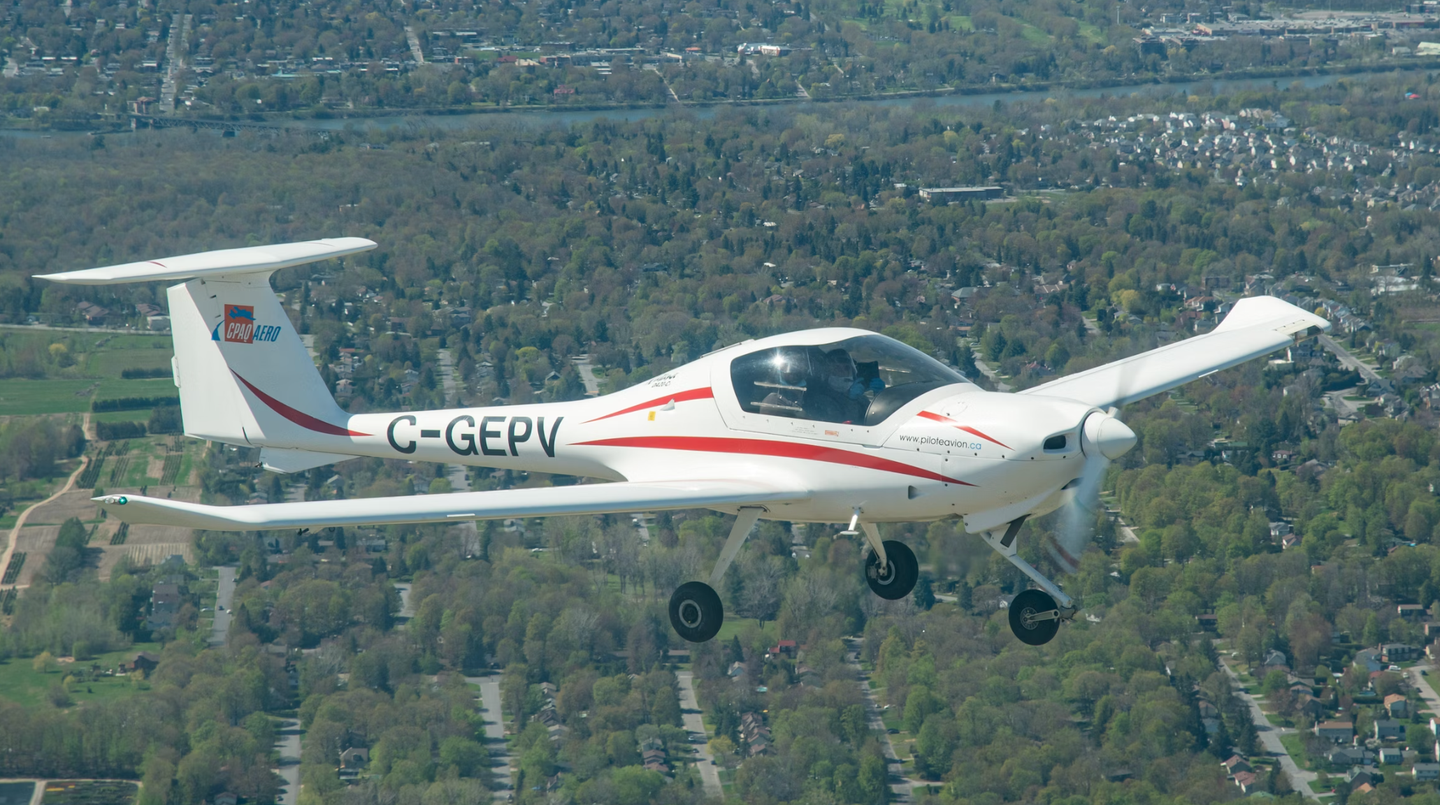Flying The Daher TBM 940
The market-leading fast turboprop now has autoland…on two continents. Plus, a look at how Daher has merged the Kodiak into its lineup.

A pair of Daher beauties, the TBM 940 and recently adopted Kodiak, two very different but complementary turboprop singles from Daher.
Since its development began in the 1980s, the pressurized, single-engine turboprop TBM has dominated its market segment. That's both because it's an exceptional performer, fast and miserly, and because it lacked much competition.
That's changing. With highly regarded, fast and sophisticated turboprop singles from Piper, with its M600, and Epic, with its E1000, both with smaller price tags, that is no longer the case. Which is not to say that the TBM isn't still the market leader; it clearly is. And the things that have earned that place its reputation, support and cachet take time for any brand to build, and the TBM has been at it since the first example, the TBM 700, was delivered to a customer in 1990. Since that time, well, it's handed over 1,000 TBMs to pilots around the world.
And Daher is hardly standing still. Over time, the company, under a few different owners, has continuously improved the model. Today's TBM 940 is at least 30 knots faster than the original TBM, and it is an extremely sophisticated aircraft in terms of both avionics and safety systems.
And with the purchase of Quest Aircraft last year, Daher has grown, making it, it says, the seventh-largest manufacturer of private turbine airplanes in the world. And the TBM 940 now has Garmin Autoland, which Daher brands "HomeSafe."
Sophistication Articulated
The TBM 940 is quite a package. Thanks to the capabilities of the G3000 flight deck, Daher has developed an engineering system that can integrate the options developed by the Garmin suite into its aircraft. Now, when pilots fly a TBM 940, they learn how to manage systems that make their lives easier and reduce their workload. With the opportunities offered by the G3000, the 900 series (910/930/940) marks a technological break with the previous TBM 700 series (700 shp) and the 850 series (850 shp equipped with the Garmin 1000). Daher calls the integrated collection of capabilities "TBM e-copilot," to drive home the point of the system's effect of reducing pilot workload while simultaneously enhancing comfort and safety.
Among these features are an angle of attack (AOA) indicator and single-engine indicator (to ease the start process by creating a dedicated space on the display). There's also torque (TRQ), gas generator rpm (NG), interstage turbine temperature (ITT) and propeller (PROP) rpm. Also part of the package is Garmin's Enhanced Stability and Protection (a form of envelope protection), which includes underspeed protection systems (including a smart stick shaker that warns you if fly outside the flight envelope), the level button to bring the plane back to level flight quickly, and an Emergency Descent Mode that's connected to the autopilot. There's automatic anti-ice protection and automatic pressurization.
Perhaps the biggest addition to the 940 with HomeSafe is the autothrottle. The first plane in this class with autothrottle was the Piper M600, and like the 940, its inclusion was in part because it is a necessary part, for obvious reasons, of the autoland utility. But the addition of the autothrottle brings a whole new level of workload reduction to the pilot during much of the flight, and not only in that rare instance when autoland might be called upon to save the day. The autothrottle can be used from takeoff to approach to landing, down to 200 feet, in fact, which is the most common decision altitude for precision approaches. And as integrated into the G3000, the systems can be managed by using two touchpads located above the central console.
And speaking of improved quality of life, the pilot can now access the cockpit through the side door, something that didn't exist in most earlier TBMs. As for amenities and customization, six color choices are available for seat coverings and side panels. There are more wood trims and three new floor carpet colors. An extended palette is available with 40 additional colors, headset stowage hooks incorporated on clothes hangers behind the rear seats, additional rear-seat cup holders, a side-mounted cup holder and a tablet device holder located on the side of the central console for the pilot, and an optional quick-change storage unit, the extended large storage cabinet.
Autolanding
Jean-Marie Urlacher had the chance to evaluate the HomeSafe system on board a TBM 940 with Daher's chief test pilot, Stéphane Jacques. Stéphane has completed 200 automatic landings and developed the test flight protocols for HomeSafe on the TBM. "We created a virtual airport at an altitude of 6,000 feet," he said, "where we performed hundreds of approaches to calibrate the gain of the autopilot servo actuators in all wind configurations, developed the systems and defined the safest possible flight envelope to make the aircraft fully autonomous."
"Once we are cruising, it is the perfect time to try the HomeSafe feature. Stéphane presses the button for two seconds. The aircraft then follows the rule ’aviate, navigate, communicate."
We decided to try it for ourselves. Inside the airplane, a new orange button has been added atop the TBM's cockpit instrument panel: "HomeSafe, Press and Hold." If the pilot becomes medically incapacitated, it is not for non-emergency use, the pilot or a passenger can hold this button for two seconds. If it is done mistakenly, they have 15 seconds to deactivate it by pressing the autopilot button. Otherwise, the aircraft becomes completely autonomous. In less than 20 seconds, the TBM 940 analyzes the weather parameters of the nearest airfields and takes into account the length, width and orientation of the runways and the airspace. It also automatically sends distress and position messages over the right frequency, squawks 7700 and gives instructions to passengers on the glass cockpit screens, with classical music playing in the background to relax the atmosphere. The aircraft plans its approach, manages its speed, lowers its landing gear and flaps, lands on the most suitable runway, stops and then shuts off the turbine.
At least that's what they said. In the airplane, lined up on Tarbes' Runway 2, we are ready to go. I push the throttle control forward until the autothrottle engages and assumes full control of the torque. Magic. No more risk of over-torquing. At 85 knots rotation, we accelerate to 120 knots.
The climb is impressive, even by the TBM's already-high standards. The reason: The 940's air intake is 40% wider than that of the TBM 850. This results in a savings of 80 shp and a 20% decrease in takeoff distance. This air intake is well placed in the propeller blast, which increases intake pressure and power without increasing fuel consumption. Reaching FL310 takes about 19 minutes.
Max cruise speed is reached at FL280, with 330 knots true airspeed in optimal conditions, which provides a range of 1,435 nautical miles. For the best range, which you get at 252 KTAS, we can travel at 1,730 nm with a full fuel tank. Fabulous. The TBM 940 is just a few knots away from jet speed, but with far lower operating costs. In addition, in an overcrowded airspace, jets can't always get to their optimum cruising altitude, so they need to fly at lower and, hence, far less fuel-efficient altitudes. At those same altitudes, turboprops are at their best.
The Landing You Will Probably Never See
Once we are cruising, it is the perfect time to try the HomeSafe feature. Stéphane presses the button for two seconds. The aircraft then follows the rule "aviate, navigate, communicate." First, it stabilizes its flight path (LVL function: e-copilot level), and it takes its best-range speed, 180 kt. Using its Jeppesen database, the system calculates which airfield is most suitable, collects weather information, calculates its remaining autonomy, takes NOTAMs and the topography into account, and more. It sends automatic radio messages over the right frequencies to inform the control tower, sets the transponder code to 7700, and plays a series of visual and auditory messages for passengers from the cockpit: "HomeSafe has taken control of the aircraft, stay calm, make sure everyone is wearing a headset, fasten your seat belts, store items in the cabin, do not interfere with the aircraft controls."
It adds, "If you want to talk to a controller, adjust your headset's microphone and hold down the icon with your finger; release the icon to hear the controller's response." These screens also inform passengers of the time remaining before landing and the choice of the alternate airport, as well as encouraging them to prepare for landing. The aim is, of course, to keep their minds occupied, so they do not panic, but also to reassure them and inform them of the next steps, so that they are not surprised when the plane turns, lowers the landing gear or begins its descent. Instructions are given up until the engine stops, and the directions even explain how to open the aircraft door. The pilot can configure the language before the flight based on the language of the passengers.
From a flight management point of view, the TBM 940 selects the approach and manages its flight path. In our case, the plane selects a racetrack pattern to lose altitude before settling into a long final for the GPS to runway 20 back at Tarbes. The TBM makes a dogleg to line up, and, while crabbing to counteract the crosswind, it then begins its descent on the final approach path. It establishes a speed of 120 knots and lowers the flaps and landing gear, though somewhat unsettlingly, the controls in the cockpit are not moving. There is just a small red illuminated panel under the landing gear controls that says "gear unsafe" to warn of the incorrect control position, were that the case.
The aircraft slows and maintains a speed of 95 knots on short final, 10 kt more than the standard speed to ensure an added margin of safety. The controller gives the final wind reading: 90 degrees at 10 knots. Then comes the flare, which is perhaps the biggest challenge for auto landing systems, so we are looking forward to seeing how it is performed. Making use of its radio altimeter (another Autoland-required system), the system triggers the power reduction at 35 feet above the runway, and the aircraft assumes its landing attitude, which it keeps until touchdown. The TBM lands very smoothly.
Rolling out, the crosswind moves us 5 or 6 feet to the left of the centerline, but the aircraft remains tracking straight ahead on the runway. It then stops by using its auto brakes (which are another necessary autoland feature). The aircraft comes to a standstill, the propeller continues turning slowly, and the turbine shuts off as the prop comes to a stop.
What we experienced was nothing short of extraordinary. A landing that normally no pilot will see.
Debriefing
Like everyone else, we have a hard time not imagining the possibilities of HomeSafe. If you can land an airplane automatically, you can also make it take off automatically. You could even imagine that future pilots will simply have to click the approach they want, and the plane will take over until landing or even taxiing.
But that's not what HomeSafe is about. Nicolas Chabbert, senior vice-president, Daher Aircraft Division, explained it like this: "HomeSafe is an electronic parachute. It is a system that should only be used in the event of a medical emergency or physical incapacity, and not if the pilot loses control or when they are behind their machine." In addition, there could be serious consequences if the HomeSafe system is used without justification.
The advantage, compared to a ballistic parachute, is that the airplane can be used again. Statistically, a pilot being unable to complete a flight occurs exceedingly rarely, but HomeSafe is still an impressive sales argument: "This button is for their family," said Daher's Philippe de Segovia, director of product marketing (aviation). It is a safety argument that reassures the pilot and, of course, their loved ones as well.
"What we experienced was nothing short of extraordinary. A landing that normally no pilot will see."
Kodiak Makes Two
In some ways, it seems that the Kodiak was fated to be part of the Daher family. Daher acquired Quest, the Sandpoint, Idaho-based company that built the Kodiak, last year. Quest's workforce of 250 strong joined Daher's, which numbered 300.
The acquisition surprised a lot of people while also making perfect sense.
It's not that they're a close match. They are not. The TBM is fast, luxurious, streamlined and finely honed. The Kodiak is very different. It is steady, rugged and versatile. And it has great potential for improvement. The two airplanes do, however, share a common core: They are single-engine turboprops made of riveted metal, and both come from a background of excellence, each in their respective fields. Daher's decision-makers understood this well. While Cessna has sold more than 2,700 Caravans since 1982, Kodiak has built 278 aircraft in 12 years. Of those Kodiaks in the field, 46% are based in the United States, the rest split mostly between Asia and Africa.
In addition to industrial reasons, there was also an aeronautical reason behind the purchase. Kodiak and TBM target hands-on pilots, who often own their planes, and both aircraft have complementary performance and similar handling. Will some pilots buy one of each? Daher sure hopes so. After all, what could be better for a TBM owner who zooms across the United States at 330 knots for an important client meeting to be able to do than meet up with their family on the ranch for weekends with their Kodiak at 175 kt and a huge cargo load? Moreover, the Kodiak will also be of interest to other customers, such as parachute operators, medevac companies, cargo haulers, surveillance organizations and more. The Kodiak can be outfitted with floats, set up for VIPs or even used for military purposes. And it can change layouts pretty quickly, says Daher.
So, what will the Kodiak's new ownership mean to the development of the plane? Will it be, as some have quipped, "TBM-ized?" Worse things could happen. And it's probably safe to expect that the Kodiak will at some point get safety, convenience and ease-of-operation systems that are expensive to develop and install. And Daher is in a position to do that. As far as the basic airframe is concerned, the Kodiak gets raves already, though Daher might find things to improve upon there, as well.
Few manufacturers offer two markedly different aircraft such as these: a rough and ready backcountry hauler and a high-speed personal transportation platform. Both airplanes, by the way, are available on Microsoft Flight Simulator 2020, and for a lot less than their real-world price tags of $4.5 million for the TBM 940 and around $2.45 million for the Kodiak. There's no law that says you can't have it all.

Subscribe to Our Newsletter
Get the latest Plane & Pilot Magazine stories delivered directly to your inbox






